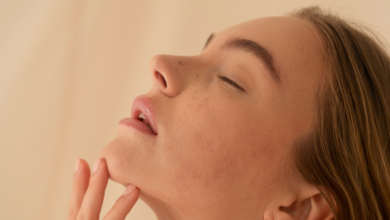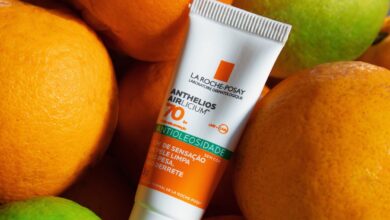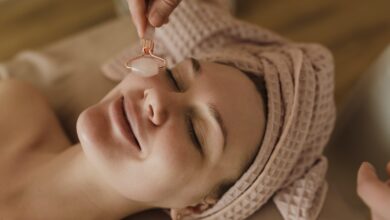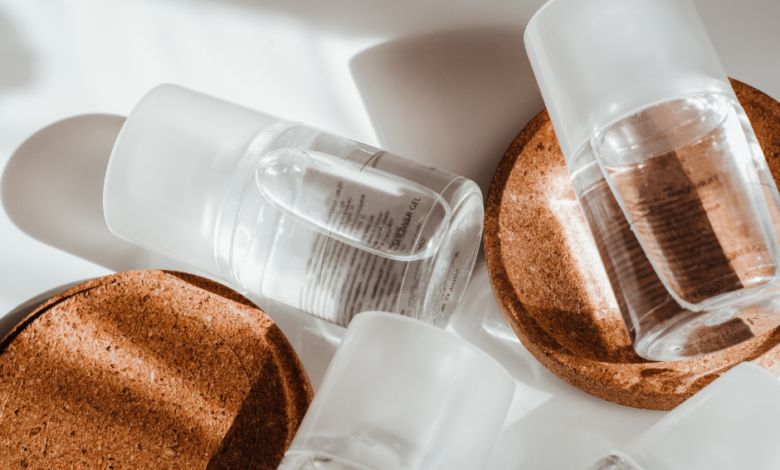
In the realm of skincare, there is an abundance of one-size-fits-all products promising flawless complexions and youthful radiance. However, to truly achieve optimal results, it is crucial to personalize your skincare routine according to your unique needs and concerns.
This article will guide you through the essential steps of tailoring your skincare regimen, ensuring that you are armed with the knowledge and tools necessary to unlock the best possible outcomes for your skin. From identifying your skin type to selecting targeted ingredients, it’s time to embark on a journey towards a personalized skincare routine that will leave you feeling confident and glowing.
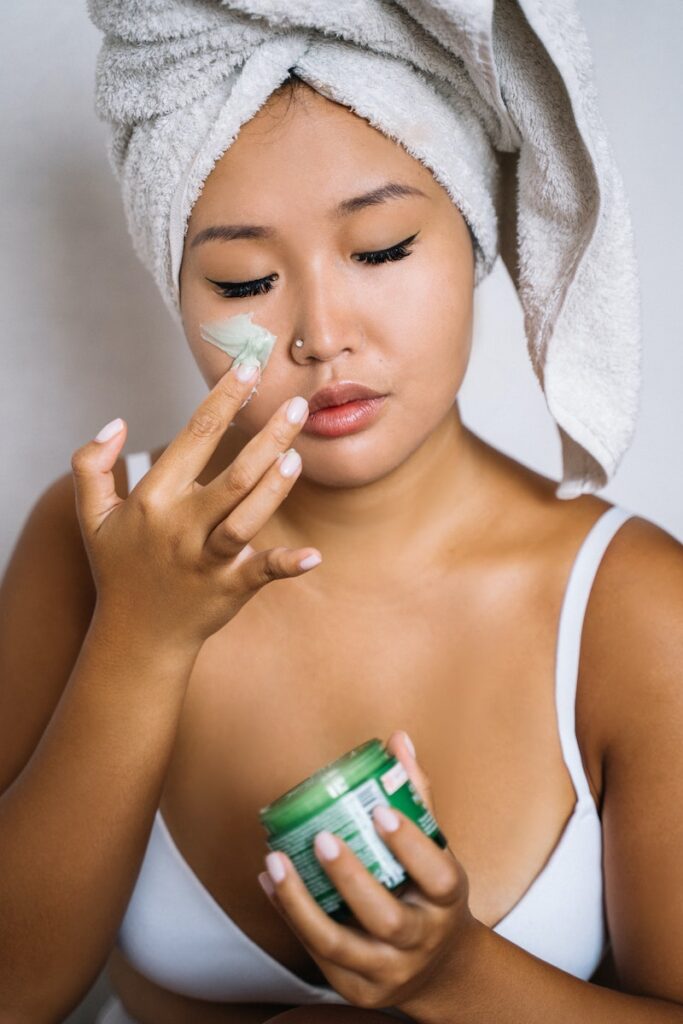
Understanding Your Skin Type
Determining Your Skin Type
In order to develop an effective skincare routine, it is crucial to first understand your skin type. This knowledge will allow you to select products and treatments that are specifically tailored to meet the needs of your skin. One way to determine your skin type is by conducting a simple test. In the morning, gently cleanse your face with a mild cleanser and pat it dry. After an hour, observe your skin and take note of any changes.
Common Skin Types
There are five common skin types: normal, dry, oily, combination, and sensitive. Normal skin is characterized by a balanced level of oil production and few blemishes. Dry skin often feels tight, rough, and may have visible flakes. Oily skin appears shiny, with enlarged pores and a tendency for acne breakouts. Combination skin has both dry and oily areas, with the T-zone, which includes the forehead, nose, and chin, being more prone to oiliness. Lastly, sensitive skin is easily irritated, often resulting in redness, itching, and a stinging sensation.
Identifying Your Skin Type
Once you have conducted the skin test, it is important to analyze the observations to identify your skin type accurately. Normal skin will have an even texture and a healthy glow. Dry skin will lack moisture and may show signs of flakiness. Oily skin will appear shiny and may have visible pores. Combination skin will exhibit a mix of characteristics, with the T-zone being more oily than the rest of the face. Sensitive skin will often show signs of irritation such as redness and discomfort. By understanding your skin type, you can choose appropriate skincare products and address any specific concerns effectively.

Assessing Your Skin Concerns
Common Skin Concerns
Understanding and addressing common skin concerns is an essential part of any skincare routine. These concerns can range from acne and hyperpigmentation to dryness and fine lines and wrinkles. Acne, characterized by the presence of pimples and blemishes, often affects individuals with oily or combination skin. Hyperpigmentation refers to dark spots or patches on the skin, caused by excessive melanin production. Dryness occurs when the skin lacks moisture and feels tight. Fine lines and wrinkles are signs of aging and can appear due to various factors such as sun damage and natural aging processes.
Identifying Your Specific Concerns
Once you have identified your skin type, it is important to assess any specific concerns you may have. These concerns can be related to your skin type or may be additional issues that require attention. For example, if you have oily skin, your specific concern may be acne or excessive shine. If you have dry skin, your concern may be dryness and flakiness. By pinpointing your specific concerns, you can choose products and treatments that target these areas effectively.
Consulting with a Dermatologist
If you are unsure about your specific skin concerns or find it difficult to address them effectively on your own, it is advisable to consult with a dermatologist. Dermatologists are experts in skincare and can provide professional advice tailored to your unique needs. They can identify any underlying skin conditions, recommend appropriate treatments, and guide you in developing a personalized skincare routine. Consulting with a dermatologist is particularly important if you have severe acne, persistent skin issues, or if you are considering undergoing more advanced treatments such as chemical peels or laser therapy.
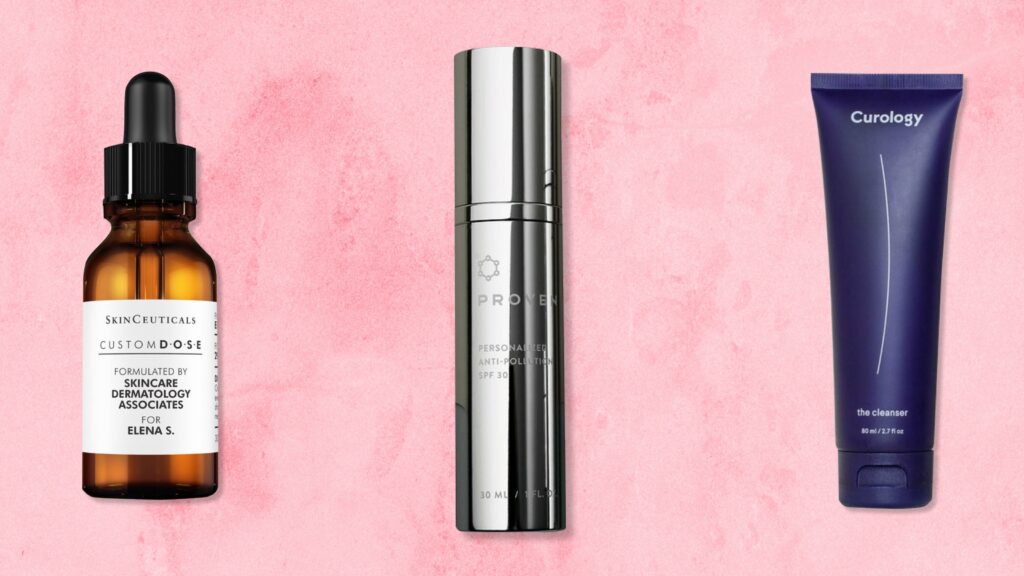
Developing a Basic Skincare Routine
Cleansing Your Skin
Cleansing is the foundation of any skincare routine and is essential for maintaining healthy skin. It removes dirt, oil, makeup, and other impurities that can clog pores and lead to blemishes. When choosing a cleanser, opt for a gentle, pH-balanced formula that suits your skin type. For individuals with normal or oily skin, a gel or foaming cleanser can effectively remove excess oil. Dry and sensitive skin types may benefit from a creamy or lotion-based cleanser that provides hydration.
To cleanse your skin, wet your face with lukewarm water and apply a pea-sized amount of cleanser to your fingertips. Gently massage the cleanser onto your skin in circular motions, paying attention to areas with makeup or excess oil. Rinse thoroughly with lukewarm water and pat your face dry with a soft towel.
Toning Your Skin
After cleansing, toning your skin is the next step in your skincare routine. A toner can help remove any remaining traces of dirt or cleanser while restoring the skin’s natural pH balance. It can also provide hydration and prepare your skin for the application of other products.
To tone your skin, pour a small amount of toner onto a cotton pad or your clean hands. Gently swipe the toner across your face, starting from the center and moving outwards. Focus on areas that need extra attention or are prone to oiliness or dryness. Allow the toner to fully absorb into your skin before proceeding to the next step.

Moisturizing Your Skin
Moisturizing is an essential step in any skincare routine, regardless of your skin type. It helps to hydrate and nourish the skin, locking in moisture and leaving it soft and supple. When selecting a moisturizer, consider your skin type and any specific concerns you may have. Look for ingredients such as hyaluronic acid, glycerin, and ceramides, which help to retain moisture and improve the skin’s barrier function.
To moisturize your skin, take a pea-sized amount of moisturizer and gently massage it onto your face and neck using upward motions. Pay special attention to any dry areas or areas of concern. Allow the moisturizer to fully absorb into your skin before applying any other products.
Protecting Your Skin from the Sun
One of the most crucial steps in any skincare routine is protecting your skin from the harmful effects of the sun’s ultraviolet (UV) rays. Sun exposure can cause premature aging, hyperpigmentation, and increase the risk of skin cancer. Therefore, it is important to use a broad-spectrum sunscreen with a minimum SPF of 30, regardless of the weather or time of year.
To protect your skin from the sun, apply a generous amount of sunscreen to your face and any exposed areas of your body at least 15 minutes before going outside. Reapply every two hours or more frequently if you are sweating or swimming. Additionally, seek shade, wear protective clothing, and use sunglasses to further shield your skin from the sun’s harmful rays.
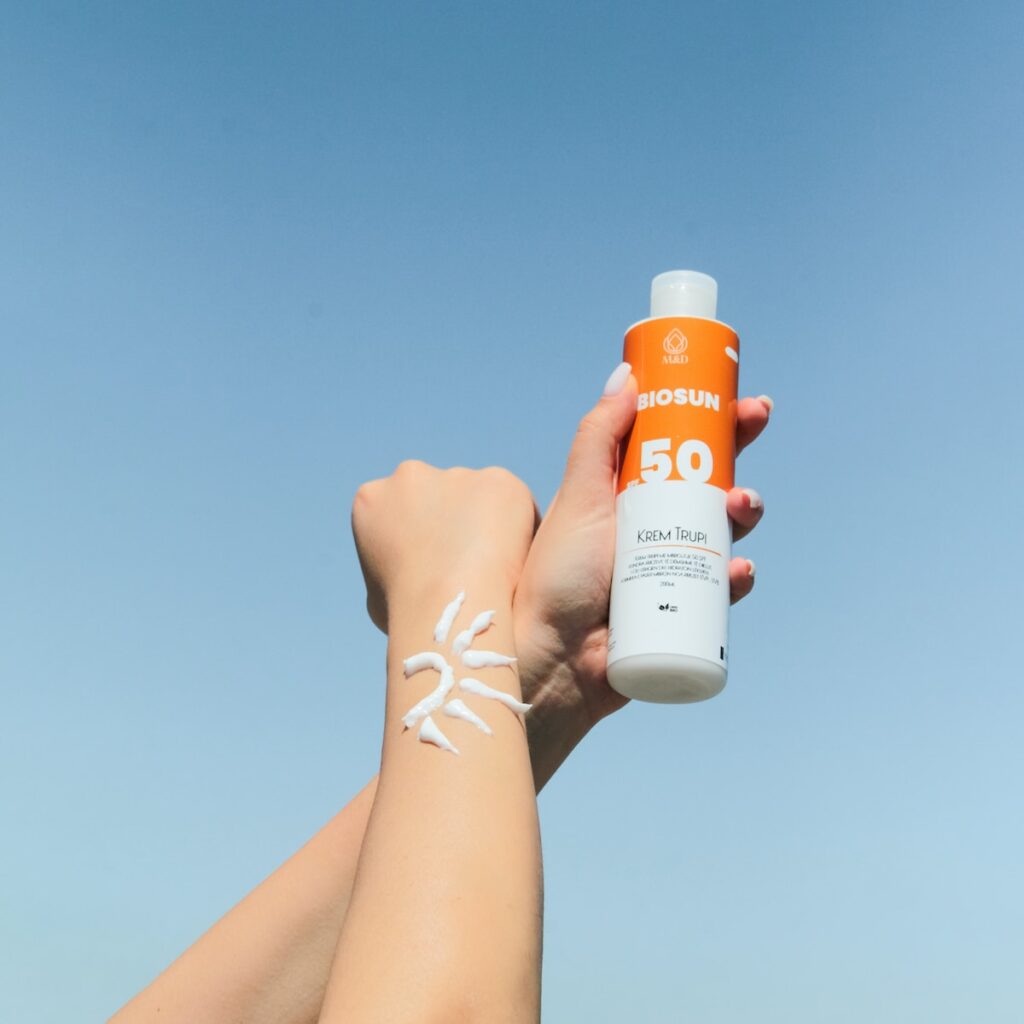
Choosing the Right Products for Your Skin
Reading Labels and Understanding Ingredients
When selecting skincare products, it is important to read labels and understand the ingredients they contain. This will enable you to make informed decisions and choose products that are suitable for your skin type and concerns. Look for ingredients that are beneficial for your specific needs and avoid harsh chemicals or potential irritants. Familiarize yourself with common skincare ingredients such as retinol, hyaluronic acid, vitamin C, and niacinamide to better understand their benefits and compatibility with your skin.
Avoiding Irritants and Allergens
Certain skincare ingredients can cause irritations or allergic reactions in some individuals. It is wise to conduct a patch test before introducing a new product to your routine, especially if you have sensitive skin or a history of allergies. Apply a small amount of the product on the inside of your wrist or behind your ear and wait 24 hours to see if any adverse reactions occur. If redness, itching, or swelling develops, avoid using the product and consult a dermatologist if necessary.
Considering Your Age and Lifestyle
As you age, your skin’s needs can change. It is important to consider your age and any lifestyle factors that may impact your skin when choosing skincare products. For example, individuals in their 20s may focus on maintaining overall skin health and preventing early signs of aging. In your 40s or beyond, you may prioritize products that target fine lines, wrinkles, and loss of elasticity. Additionally, if you live in a polluted environment or engage in outdoor activities, you may want to incorporate products that provide extra protection against environmental damage.
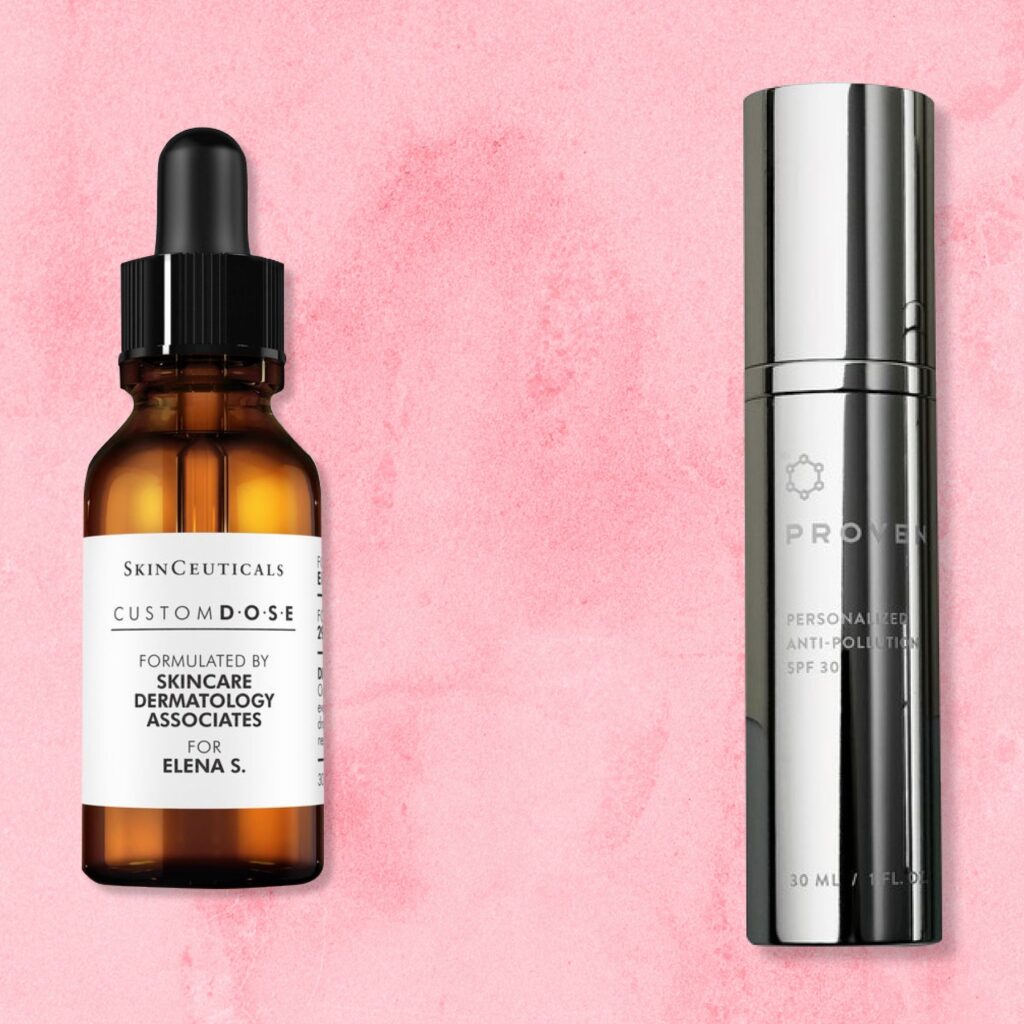
Customizing Your Skincare Routine
Targeting Specific Concerns with Specialty Products
Once you have established a basic skincare routine, you can customize it further by incorporating specialty products that target specific concerns. These products may include serums, ampoules, or treatments that contain high concentrations of active ingredients. Based on your skin type and concerns, you can choose products that address acne, hyperpigmentation, anti-aging, or other specific issues.
Incorporating Active Ingredients
Active ingredients provide specific benefits to the skin and can help address particular concerns. For example, retinol, a derivative of vitamin A, is known for its anti-aging properties and can help reduce the appearance of wrinkles. Vitamin C is a powerful antioxidant that brightens the complexion and helps fade hyperpigmentation. Hyaluronic acid is a hydrating ingredient that plumps and moisturizes the skin. When incorporating active ingredients into your skincare routine, start with a low concentration and gradually increase to avoid any potential sensitivity or irritation.
Using Treatments and Serums
Treatments and serums are potent formulations designed to address specific skin concerns. These products are typically applied after cleansing and toning, but before moisturizing. Treatments and serums are formulated to penetrate deeply into the skin, delivering active ingredients and providing targeted benefits. They can help improve the overall texture, tone, and appearance of the skin. Depending on your specific concerns, you may choose to incorporate a retinol treatment for anti-aging, a niacinamide serum for acne-prone skin, or a brightening serum for hyperpigmentation.
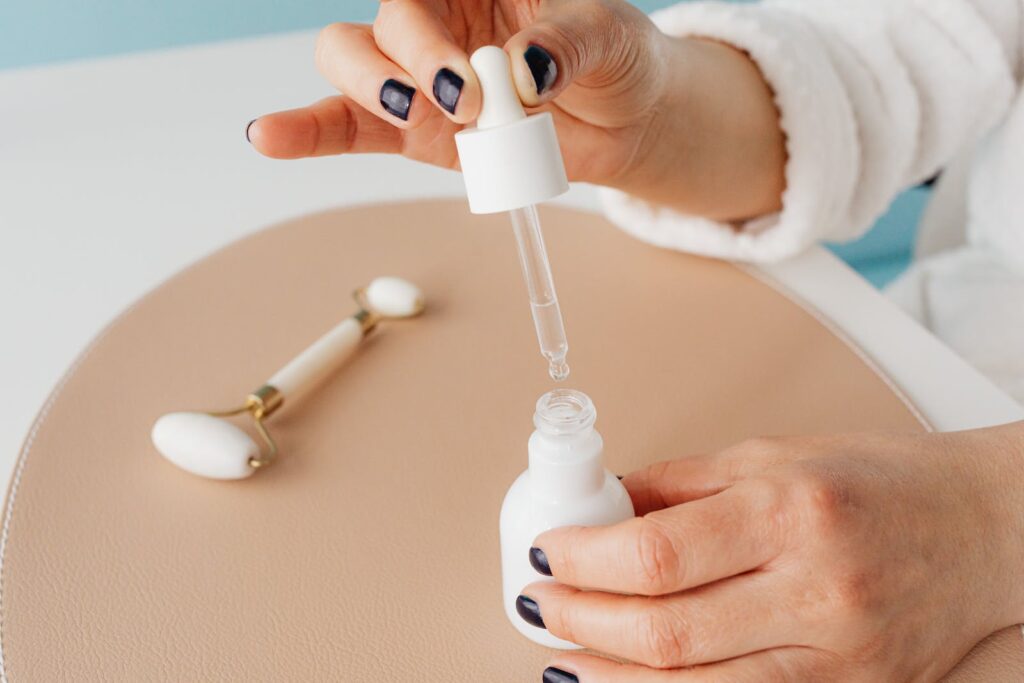
Creating a Morning Skincare Routine
Cleansing in the Morning
In the morning, cleansing your skin is essential to remove any impurities that may have accumulated overnight. However, since your skin does not produce much oil during sleep, a gentle cleanser is usually sufficient. Avoid using harsh cleansers or scrubbing vigorously, as this can strip the skin of its natural oils and disrupt the moisture barrier.
Applying Toner and Specialty Products
After cleansing, apply a toner to remove any remaining traces of cleanser and balance the pH of your skin. This step prepares your skin for better absorption of the products that follow. Next, apply any specialty products such as serums or treatments that target specific concerns. Remember to follow the instructions and only use the recommended amount.
Moisturizing and Protecting Your Skin
Moisturizing is an important step in the morning to hydrate and nourish your skin for the day ahead. Choose a lightweight, non-greasy moisturizer that provides adequate hydration without leaving a heavy residue. Massage the moisturizer onto your face and neck, allowing it to fully absorb into the skin. Finally, complete your morning routine by applying sunscreen to protect your skin from harmful UV rays. Remember to reapply sunscreen every two hours and seek shade whenever possible, especially during peak sun hours.
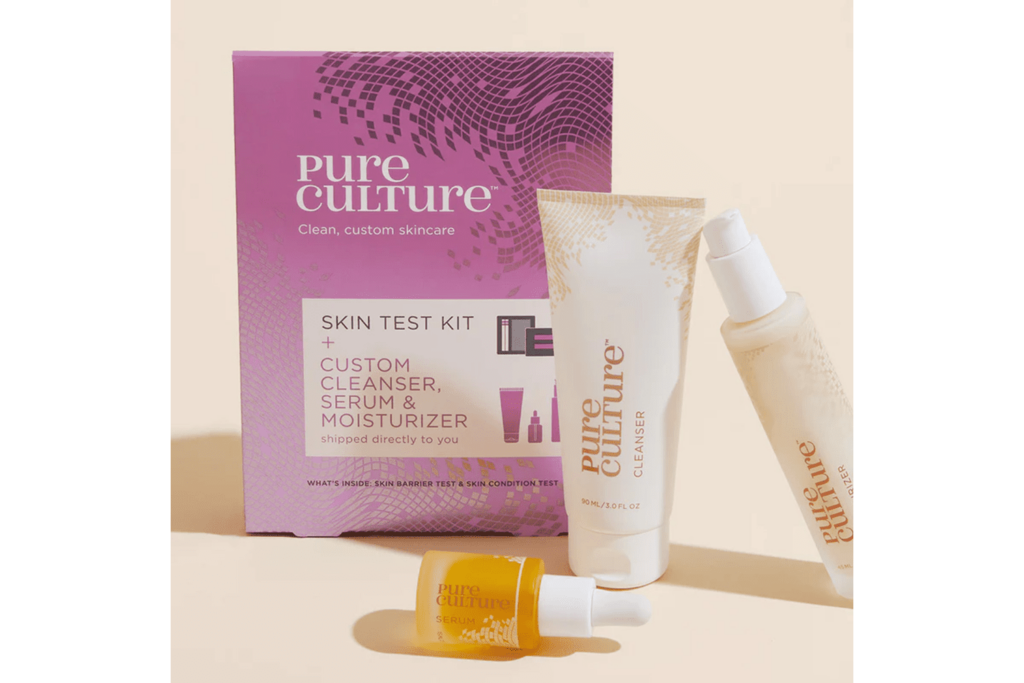
Establishing an Evening Skincare Routine
Removing Makeup and Cleansing
In the evening, it is crucial to remove makeup and cleanse your skin thoroughly to allow it to breathe and rejuvenate overnight. Begin by using a gentle makeup remover or micellar water to remove any traces of makeup from your face, eyes, and lips. Follow this up with a cleanser that suits your skin type to remove any remaining dirt, oil, and impurities.
Using Exfoliants and Treatment Products
After cleansing, you can incorporate exfoliation into your nighttime routine. Exfoliating helps to remove dead skin cells, unclog pores, and improve skin texture. Choose an exfoliant that is suitable for your skin type and concerns, such as a chemical exfoliant containing ingredients like alpha-hydroxy acids (AHAs) or beta-hydroxy acids (BHAs). After exfoliating, apply any treatment products such as serums or targeted treatments to address your specific concerns. These products work overnight to provide visible results and improve the overall condition of your skin.
Repairing and Nourishing Your Skin
To repair and nourish your skin while you sleep, apply a night cream or a heavier moisturizer that is specifically formulated for overnight use. These moisturizers are often packed with antioxidants, vitamins, and other nourishing ingredients that help regenerate the skin and combat signs of aging. Massage the moisturizer onto your face and neck, allowing it to penetrate deeply into the skin. Additionally, you can choose to incorporate a facial oil or a sleeping mask to provide extra hydration and improve the overall condition of your skin.

Importance of Regular Exfoliation
Understanding the Benefits of Exfoliation
Exfoliation is a critical step in any skincare routine and offers numerous benefits for the skin. By removing dead skin cells and unclogging pores, exfoliation helps to achieve a smoother, more radiant complexion. It can also improve the effectiveness of other skincare products by allowing them to penetrate deeper into the skin. Regular exfoliation can help reduce the appearance of fine lines and wrinkles, fade dark spots, and minimize the occurrence of acne breakouts.
Choosing the Right Exfoliant for Your Skin Type
When it comes to exfoliants, there are two main types: physical exfoliants and chemical exfoliants. Physical exfoliants use granules or particles to physically scrub away dead skin cells. These can include ingredients like sugar, salt, or microbeads. However, physical exfoliants can be too harsh for some skin types, causing irritation or micro-tears in the skin. Chemical exfoliants, on the other hand, use acids or enzymes to dissolve dead skin cells. These exfoliants are typically gentler and more suitable for sensitive skin. Choose an exfoliant that suits your skin type and concerns, and start with a lower frequency to allow your skin to adjust.
Frequency and Techniques for Exfoliating
The frequency of exfoliation depends on your skin type and the type of exfoliant you are using. For most skin types, exfoliating two to three times per week is sufficient to achieve the desired results without over-stripping the skin. However, if you have sensitive skin or are using a more potent exfoliant, it is best to start with once a week and gradually increase as tolerated. When exfoliating, use gentle circular motions and avoid scrubbing too vigorously. Rinse thoroughly with lukewarm water and follow up with a moisturizer to replenish the skin’s hydration.
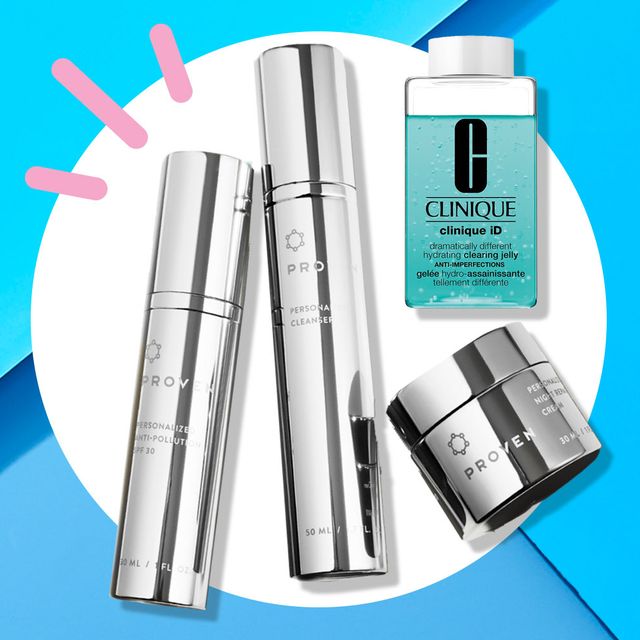
Adjustments for Seasonal Changes
Adapting Your Skincare Routine to Different Seasons
As the seasons change, so do the needs of your skin. Adapting your skincare routine to accommodate the varying environmental conditions can help keep your skin balanced and healthy. During the colder months, when the air is drier, consider using a heavier moisturizer and incorporating more hydrating products into your routine. In the warmer months, opt for lighter textures and products that are less likely to clog pores or feel heavy on the skin. Additionally, adjust your sunscreen application to ensure you have adequate protection against the sun’s rays throughout the year.
Protecting Your Skin in Extreme Weather
Extreme weather conditions, such as extreme heat or cold, can take a toll on your skin. It is important to take extra precautions during these times to protect and care for your skin. In extreme heat, seek shade, stay hydrated, and apply sunscreen more frequently. You may also want to use products with antioxidants to combat oxidative stress caused by the sun. In extreme cold, protect your skin by wearing appropriate clothing, such as scarves and gloves, and using a rich moisturizer to combat dryness and lock in moisture.
Managing Changes in Skin’s Moisture Levels
Changes in the weather can also lead to changes in your skin’s moisture levels. During dry and cold months, your skin may require extra hydration to combat dryness and prevent moisture loss. Opt for products with ingredients like hyaluronic acid and glycerin, which help attract and hold moisture in the skin. If you notice excess oiliness or breakouts during humid months, consider using a lighter moisturizer or incorporating mattifying products into your routine. By adapting your skincare routine to the seasonal changes, you can maintain healthy and balanced skin throughout the year.
Evaluating the Results and Making Adjustments
Tracking Your Skincare Routine’s Impact
To evaluate the effectiveness of your skincare routine, it is important to track the impact it has on your skin over time. Take note of any improvements or changes in the health and appearance of your skin. Monitor factors such as hydration, texture, blemishes, and overall complexion. By keeping track of your skin’s progress, you can make informed decisions and adjustments to your routine as needed.
Noting Changes in Your Skin’s Health and Appearance
If you notice any significant changes in your skin’s health or appearance, it is important to address them promptly. For example, if you experience increased dryness, redness, or irritation, it may indicate that a product is not suitable for your skin or that you need to adjust your routine. Keep an eye out for any unusual reactions or persistent issues, as they may require professional intervention or a visit to a dermatologist.
Consulting with a Dermatologist for Further Guidance
If you are unsure about the effectiveness of your skincare routine or if you have specific skin concerns that are not improving, it is advisable to consult with a dermatologist. A dermatologist can assess your skin, provide personalized recommendations, and offer advanced treatments if necessary. They can also guide you in making adjustments to your routine and help you achieve optimal skin health.
In conclusion, understanding your skin type, identifying your specific concerns, and developing a personalized skincare routine are essential steps in achieving healthy and radiant skin. By choosing the right products, customizing your routine, and adjusting to seasonal changes, you can address your skin concerns effectively and maintain a glowing complexion. Remember to regularly evaluate the results, make necessary adjustments, and consult with a dermatologist for professional guidance. With a comprehensive and tailored skincare routine, you can enjoy the benefits of personalized care and achieve the best results for your skin.


